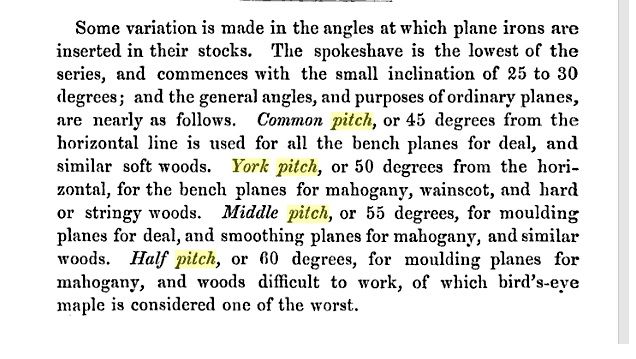Thank goodness this thread has been rescued from a standard of debate reminiscent of the playground. As someone said earlier, if you stick around here for a while you soon discover who you want to take seriously and that will differ from person to person because these differences of approach are to a large extent a matter of temperament and not a question of absolute rights and wrongs as some like to present them. Lots of highly skilled cabinet makers use honing guides and lots don't. Some use lots of different planes, others don't. Who cares? What matters is what is right for you and, in addition to temperament that will depend on where your intersts lie, the depth of your pocket, and the sort of work you do. It's all valid and should all be celebrated as part of keeping the craft alive. If some people make a decent living out of catering to the needs, desires and even vanity of those who derive livings or just pleasure from woodworking, good luck to them, it is economic activity which keeps others in jobs and provides plenty of choice for those who want it.
Jim
Jim

































